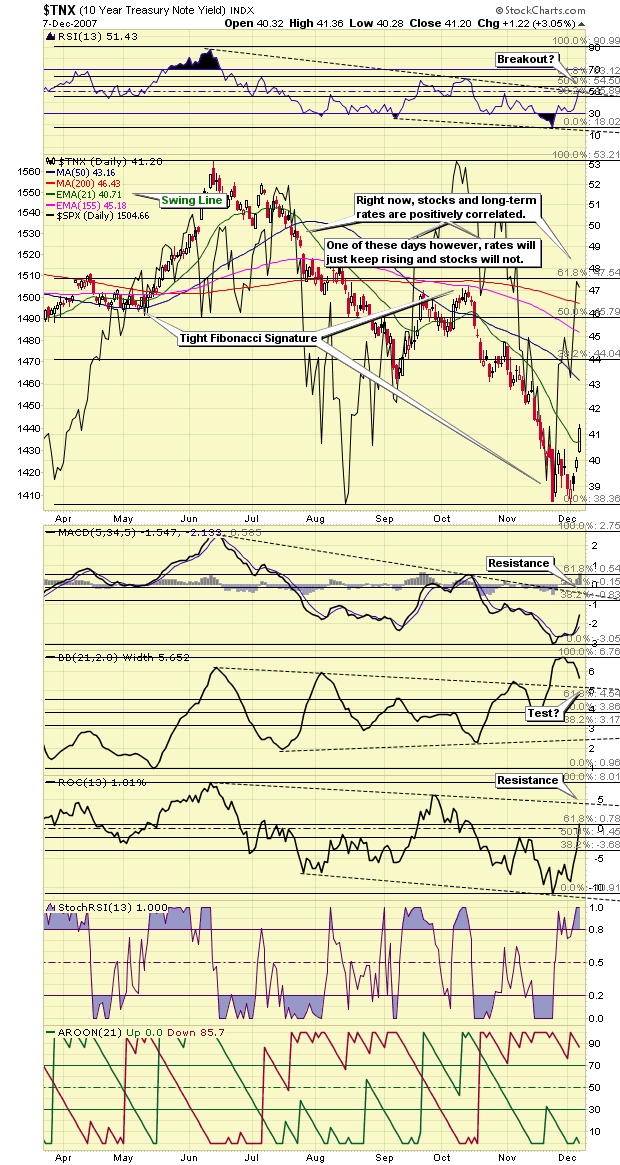FDIC FYI What the Yield Curve Does (and Doesn t) Tell Us
Post on: 16 Март, 2015 No Comment

February 22, 2006
Historically, the yield curve spread, or the difference between short-term and long-term interest rates, has had some predictive power for the performance of the U.S. economy and banking industry. In the past, a narrowing, or flattening, of the spread has tended to foretell both slower economic growth and increased pressure on bank earnings. Furthermore, the yield curve generally has inverted a condition where short-term rates exceed long-term ratesup to two years ahead of a recession. Based on this historical context, the flattening in the yield curve since mid-2004 has been on the minds of many economists and banking analysts. Sometimes, however, the yield curve flattens or inverts for reasons that may not necessarily foreshadow slower economic growth.
The shape of the yield curve spread also has held implications for bank margins and profits. Historically, bank net interest margins have tended to decline one to two quarters after a decline in the yield curve spread. While many banks have found ways of reducing their sensitivity to changes in yield curve spreads in recent years, the largest banks have seen their margins squeezed substantially by the recent flattening in the yield curve. And although smaller banks have been less affected so far, the earnings of all lenders will likely be affected should the yield curve remain flat for several more quarters. This issue of FYI examines the historical relationships of the yield curve with economic growth and how changes in the spread have affected banks.
However, the slope of the yield curve does not have a perfect track record when it comes to foretelling the future. Chart 1 shows that the yield curve did not invert before the two recessions that occurred in the late 1950s and early 1960s, a period when long-term yields were exceptionally low, as they are today. The inverted yield curve during 1966, the near-inversions in both 1987 and 1995, and the inversion in 1998 are also examples of inaccurate growth signals. Surging job growth and falling unemployment contributed to a spike in inflation in 1966. As the Federal Reserve decreased money supply growth in response, the effective federal funds rate rose and the yield curve inverted briefly between mid-1966 and early 1967. The near-inversion in 1987 occurred during the stock market crash that year, known as Black Monday. The near-inversion during the mid-1990s reflected an economic soft patch that followed a 3 percentage point increase in the federal funds rate over a 13-month period. And, the inversion in 1998 came during the financial market turmoil surrounding the collapse at Long-Term Capital Management. These episodes passed without any recession beginning in the next two years. What this tells us is that a flattening yield curve may be a necessary, but not a sufficient, condition for recession.
The Yield Curve Can Invert for Reasons Not Related to Future Economic Growth
While inversions of the yield curve spread generally precede a recession, the yield curve can also invert for reasons not related to slower economic growth. Historically, short- and long-term yields tended to move in the same direction, but since the 1990s this relationship has been disappearing. More recently, between June 2004 and January 2006, the Federal Reserve gradually increased its target federal funds rate by 350 basis points, from 1 percent to 4.5 percent. 2 Yet over the same period, 10-year Treasury yields fell from 4.7 percent to 4.5 percent, which resulted in a pronounced flattening of the yield curve (see Chart 1). The relatively stable and low level of long-term interest rates in the presence of strong economic growth and rising short-term interest rates has been somewhat of a mystery to economists, even prompting former Federal Reserve Chairman Alan Greenspan to famously label their behavior a conundrum. 3 Several explanations have been suggested for the flattening of the yield curve during the past two years.














